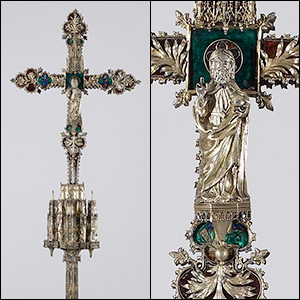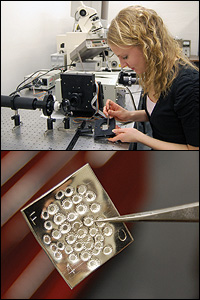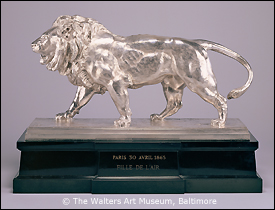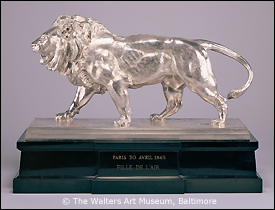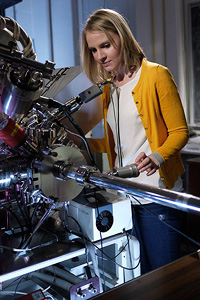News Story
Using Materials Science and Engineering to Save Priceless Artifacts
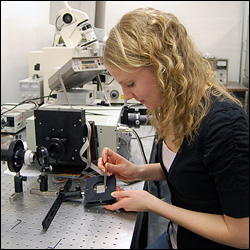
University of Maryland MSE doctoral candidate Amy Marquardt in the lab.
University of Maryland graduate student Amy Marquardt (Department of Materials Science and Engineering [MSE]) has received a Committee on Institutional Cooperation (CIC) Smithsonian Institute Fellowship. The highly selective and prestigious awards offer Ph.D. candidates the opportunity to conduct research with the Smithsonian's staff and access its resources and facilities. Fellows receive a research-in-residence appointment, which may be in any field currently pursued by the Institute’s numerous museums and organizations.
Marquardt, advised by Professor Ray Phaneuf (MSE), is using her expertise in materials science to help museum conservators analyze, clean and preserve their art and artifacts. For the past several years, she has been part of a team working with conservators from the Walters Art Museum to develop nanometers-thick coatings that protect silver from tarnish. The material is currently being tested on an artifact from the museum’s collection. The project has been reported by Science, highlighted by the American Physical Society and the American Vacuum Society, and was the subject of a National Science Foundation video segment called "Silver Saver," narrated by former CNN chief technology and environment correspondent Miles O’Brien.
Marquart has previously worked at the Smithsonian’s Museum Conservation Institute, where she used microscopy, microanalysis, and spectroscopy to determine patina color, mineralogy, and stability of artificial bronze patinas used by conservators to restore appearance and protect an object after it is cleaned.
“Amy’s very strong fellowship proposal tied in nicely with the Smithsonian’s mission of ‘Valuing World Cultures,’” says Phaneuf. “The work she will carry out is aimed at developing a safe, visually acceptable and long-lasting conservation treatment for patinated art objects, like the ancient bronzes found in the Smithsonian’s Sackler-Freer Gallery. It will extend the research she’s carried out at Maryland using atomic layer deposition to create protective metal oxide films for silver objects. Her fellowship was one of only six awarded in the entire Big Ten University Conference–an indication of how important her proposal was judged to be.”
Marquardt has recently returned from an international research exchange program at the University of Trento, Italy, where she worked with Dr. Massimo Bersani at the Fondazione Bruno Kessler. Her project focused on the development of a kinetics model for the corrosion and tarnishing of cultural heritage metal objects, and she continued her work on the optimization of atomic layer deposited films that can be used to protect them.
In addition to research-in-residence, the CIC-Smithsonian fellowship includes a $30,000 stipend, tuition remission and health insurance for the 2014-2015 academic year. The Smithsonian’s Office of Fellowships and Internships offers the awards in partnership with the CIC, the academic counterpart of the Big Ten Conference.
Published March 7, 2014


